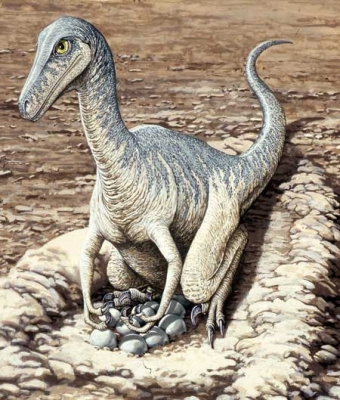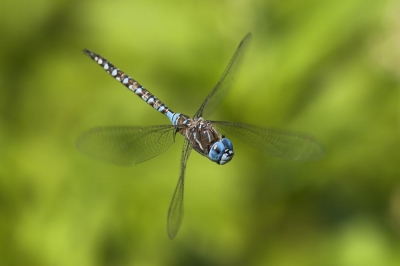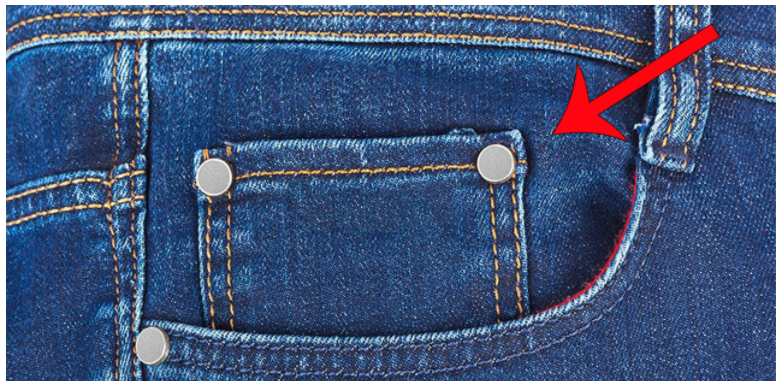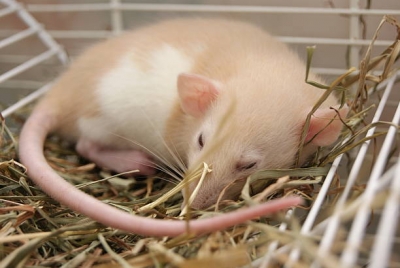WHAT TYPE OF RELATIONSHIP DOES THE MACULINEA ALCON BUTTERFLY HAVE WITH THE ANTS?
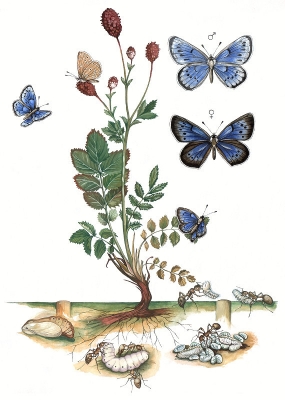
Did you know there is a species of butterfly, Maculinea alcon, that can trick the Myrmica ants into taking care of their young? The butterfly's caterpillar feeding off plants drop to the ground and wait to be picked up by the passing ant. Its waxy coat secretes chemicals that mimic those found on the ants. Mistaking it for one of its own, the ant takes it to its nest where it's taken care of by other ants.
Studying Maculinea alcon, a beautiful blue butterfly, in the marshes of Denmark, David R. Nash and colleagues found that Alcon butterflies fool Myrmica ants into raising their young, by having larvae with an outer coating that mimics that of the ants. The ants care for the Alcon blue butterfly caterpillars — an ant colony parasite — to the detriment of their own offspring.
The researchers say the observed differences in patterns of surface chemistry of caterpillars between locations “indicate an ongoing coevolutionary arms race between the butterflies and Myrmica” ants.
“The more closely the butterfly mimics the ant cuticle’s hydrocarbon chemistry, the more successful the butterfly is in attracting the ants, but this varies from location to location,” explained a statement from Science Express.
Nash and colleagues say the findings should be considered when reintroducing the threatened Alcon blue butterfly into the wild.
Credit : Mongabay
Picture Credit : Google
